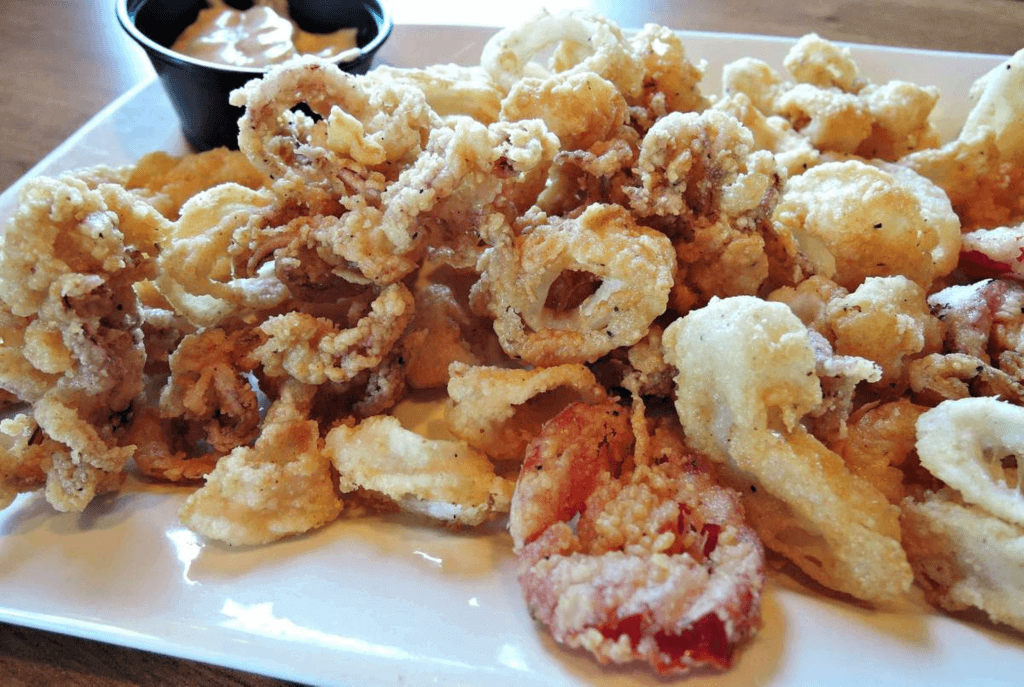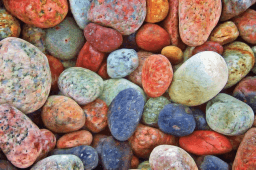National Tempura Day
National Tempura Day is observed next on Wednesday, January 7th, 2026 (33 days from today).

Tempura is a deep-fried dish that the Japanese have been making for centuries. When did it come from? Join us to learn through the history of Tempura Day!
Learn About Tempura Day
On Tempura Day, we are encouraged to enjoy any dish made with tempura flour. This is Japanese food, with most people enjoying the delicious Tempura on this day! However, you can deep-fry many things in this dough. Seafood and vegetables are the most popular ones, but there is nothing stopping you from enjoying the Chicken Tempura. We are sure there are plenty of unique concoctions you can come up with. Crispy Mars bars are very popular, what about a Tempura version?
Tempura is a traditional Japanese dish. It was introduced in the 16th century by the Portuguese living in Nagasaki at that time. They used frying cooking to achieve a light dough. Flour often consists of soft flour, for example, all-purpose flour, pastry flour or cake flour, topped with ice. Some people prefer to use effervescent water to keep the dough brighter.
Many people will also add spices, oils, starches, baking powder or baking soda, and / or eggs, especially egg yolks. Traditionally, this powder is mixed in small batches. The chopstick was used to mix the dough and it was mixed for a minimum, i.e. for a few seconds. Any lump left in the mixture, and this - along with the cold temperature - is how the tempura texture is crispy and unique when cooked.
Cooked tempura pieces tend to be salted and eaten as they are or they are presented with dipping sauce. Tentsuyu sauce is the most popular sauce to enjoy with this powder. Lots of people serve it with ground radish, a mildly flavored winter radish, and they eat it right after it's fried. You will also find that tempura is commonly found in udon soups or soba bowls in Japan, usually in the form of fried, shiso leaves, or shrimp.
It is uncommon for tempura to be used in combination with other foods. Therefore, if you want to cook a tempura-inspired meal for Tempura Day, there are plenty of main courses to consider. As mentioned, you can add tempura to the top of the udon soup. It is also often served as part of a donburi, where vegetables and shrimp tempura are served over a bowl of steamed rice. You can also make a bowl of tempura soba, which is basically tempura served over buckwheat noodles. On the other hand, how about making your very own creation?
History of Tempura Day
Tempura is made from deep fried seafood or vegetables, loved by millions of people across the country. Portuguese Jesuit missionaries introduced tempura recipes to Japan in the sixteenth century (circa 1549). It is believed that the Portuguese Jesuit Tokugawa Isyasu, the founder and first shogun of the Tokugawa shogunate of Japan, loved tempura. Since the Genroku era (September 1688 - March 1704), tempura was originally a very popular food eaten among street vendors called yatai.
Today, chefs around the world incorporate tempura into their menus using a variety of flours and ingredients including non-traditional broccoli, zucchini and asparagus as well as dried fruit. Certain meats, chicken and cheese are known to be served tempura in certain American restaurants. For sushi lovers, a more recent variation of tempura sushi features an entire piece of sushi dipped in flour and fried in tempura. The word "tempura" comes from the word "temporary", a Latin word for "time", "period" used by both Spanish and Portuguese missionaries to refer to the period. Lent or December Day.
The idea that the word "tempura" could be derived from the Portuguese noun tempero, meaning a spice or spice of any kind, or the verb temperar, meaning "to come" did not proven. The term "tempura" is widely used to refer to any food prepared with hot oil, including certain foods that are already present in Japan. Today, the word "tempura" is also commonly used to refer to the age of satsuma, a type of fried fishcake made without flour. In Bangladesh, pumpkin or carnation flowers are often deep-fried with a gram of rice flour seasoning mixture, creating a Bengali-style tempura called kumro ful bhaja.
How to celebrate Tempura Day
Celebrating Tempura Day is quite easy for us. You can try to make temlpura by gathering up the ingredients following a homemade recipe or via internet, and make a happy dinner meal for your family. You could decide by yourself to have tempura prawns or starter or you could opt for a main dish that incorporates tempura, such as the ones we mentioned earlier.
The great thing about this powder is that it is versatile and so it can be combined with a wide variety of seafood, vegetables and meats. This means you can have a lot of fun experiences with different ingredients. Why not cook tempura with your friends? Or, could you host a Japanese inspired dinner party?
Let invite some friends around for afternoon tea Japanese style. In Japan, tea rituals have been popular for many years. Combine this with some delicious tempura for everyone to eat and you've got the perfect lunchtime event. After all, it's always fun to do something a little different, isn't it?
The famous tea in Japan is pure Matcha green tea. We're sure you might even have seen Matcha tea or Matcha latte in your local coffee shop! Matcha comes in many different forms and types. It's important to know this when making a purchase, as you won't want to choose the wrong product. In general, you have two main options to choose from when buying Matcha - Ceremonial Matcha and Cooking Level Matcha.
Most people prefer to invest in a Matcha green tea ritual, and this is because it is of the highest quality and it is suitable for daily drinking. Of course, you can also incorporate it into your cooking, but when creating a Matcha beverage, it's even more important to choose a high-quality level. You won't get better than ceremonial Matcha and this is accentuated by the fact that this type of Matcha is used in traditional Japanese tea ceremonies. This matcha should be powdery, very fine, and have a bright spring green color.
If it's slightly yellow in color and feels raw, you definitely don't have ceremonial grade Matcha on your hands. Ceremonial Matcha is also delicious enough to enjoy on its own. You can simply mix it with hot water and consume as it is; It doesn't need any sweeteners or additions. It's also worth noting that you only need about half a teaspoon of ceremonial-grade Matcha when making a cup of tea. You will need more than that when using the lower grade Matcha. Therefore, although ceremonial Matcha may be more expensive when purchased initially, it will last you a lot longer, and therefore, cost you.
Whether you're hosting a traditional Japanese tea ceremony with friends or an evening of fine dining, you'll need to decide what tempura you're going to create. It is so great that there are so many different options for your choice!
Let's take a look at some of the most popular ones. If you're looking for a vegetarian side dish, the eggplant tempura is a great choice. It's called Nasu. Or, how about Ebi? This is shrimp tempura, and it's delicious! It is often used as a topping for udon or soba noodles, but it can also be enjoyed on its own. Do not confuse this with Ebi Furai; This is a different type of fish, but it is deep fried with panko batter, which is much heavier.
Some other options include shiitake tempura, Ika, which is squid tempura, and Hotate, which is scallop tempura. If you're feeling really adventurous, you might want to consider the Anago, a saltwater eel. They have a sweet taste and soft texture.
Observed
National Tempura Day has been observed annually on January 7th.Dates
Sunday, January 7th, 2024
Tuesday, January 7th, 2025
Wednesday, January 7th, 2026
Thursday, January 7th, 2027
Friday, January 7th, 2028


